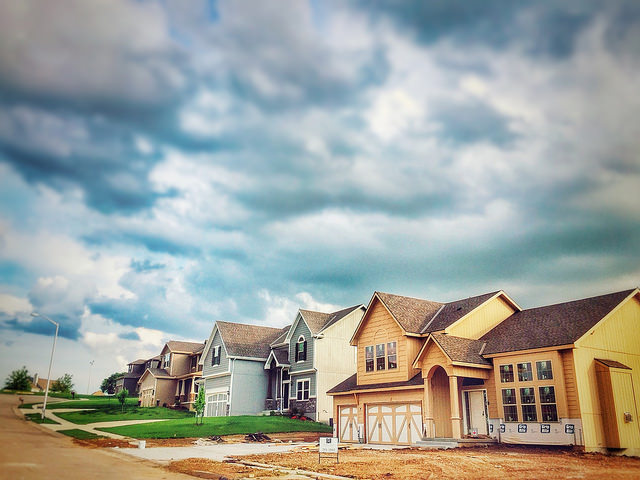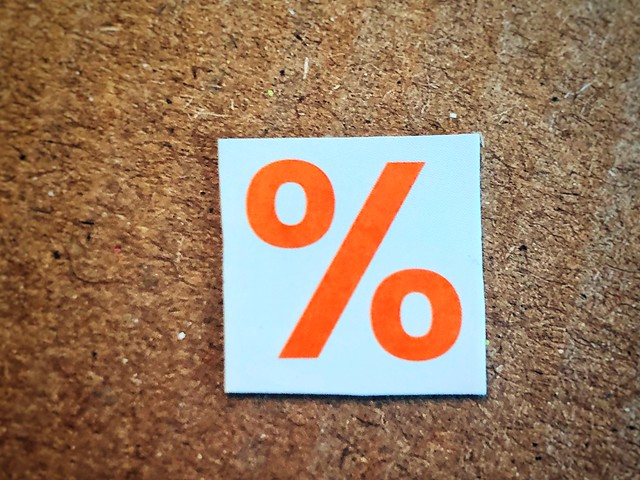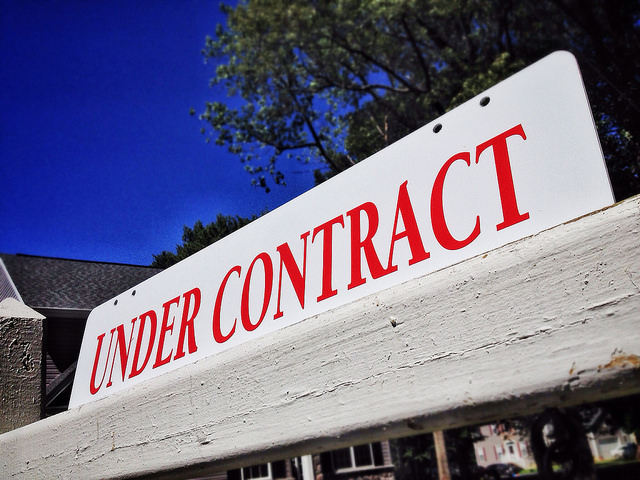A property is considered equity rich when its value is more than double the amount of the loans used to purchase it. In other words, if you owe $90,000 on a home worth $200,000, you’re equity rich. It’s a good position to be in as a homeowner, especially if you’re considering selling in the near future. Because of this, ATTOM Data Solutions’ quarterly Home Equity & Underwater Report tracks how many of the nation’s 59 million mortgaged homes could be considered equity rich. According to their most recent report, 30.2 percent of the country’s mortgaged homes qualified during the fourth quarter of 2020 – an improvement over 26.7 percent at the end of 2019. Todd Teta, ATTOM’s chief product officer, says homeowner equity has been improving for a while. “When it came to homeowner equity in the United States, the fourth quarter was more of the same as the third, which was more of the same as the second: a scenario that has continued to improve,” Teta said. “The housing market kept booming despite damage caused by the virus pandemic to the broader economy – a surge that continued to boost the equity that most property owners have in their homes.” (source)













